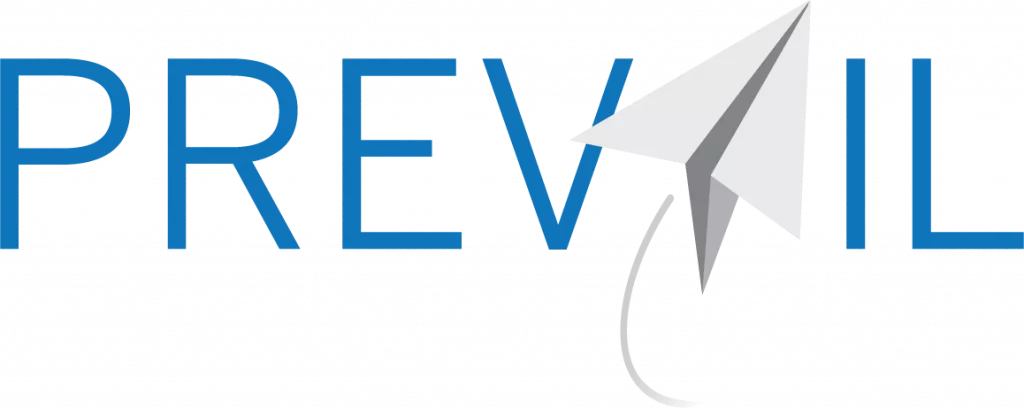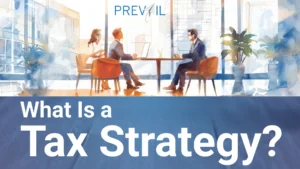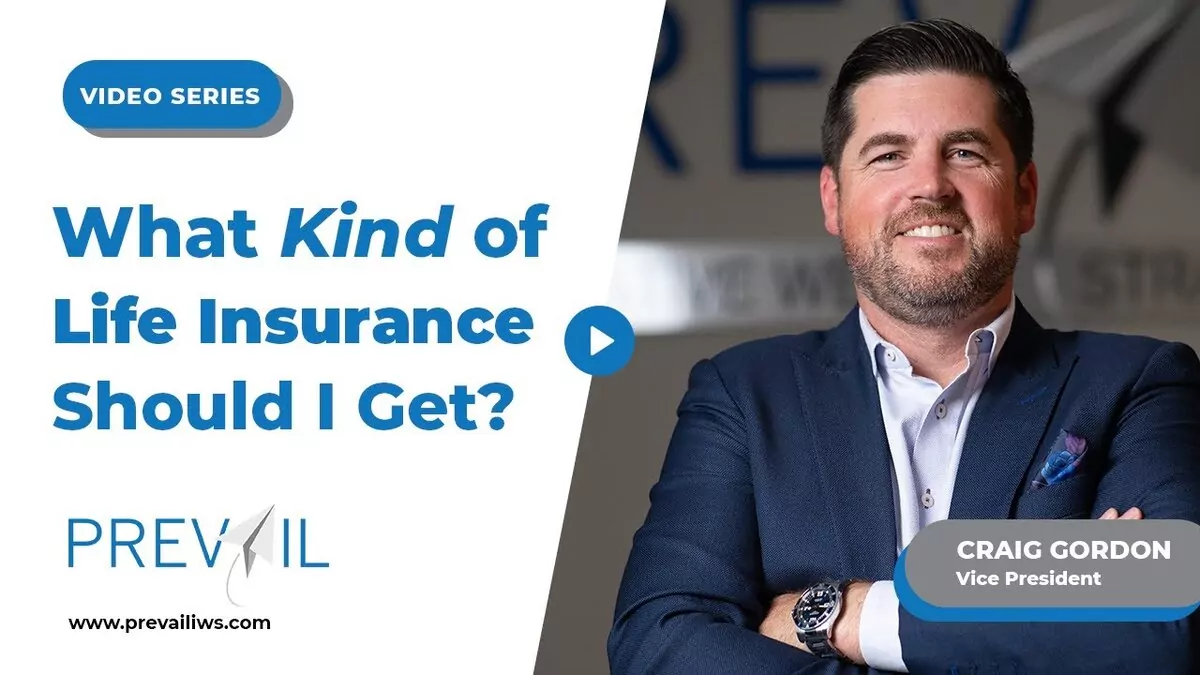In financial planning and security, determining what kind of life insurance policy one should get is pivotal. Life insurance, a vital aspect in financial planning, must be viewed from varied perspectives.
At times it’s perceived purely as a protective shield against loss of income or debt coverage, while at others, it can be considered an asset, or even a tool to safeguard against estate taxes. Explore in, as we explore different facets and help you decipher the optimal path for your life insurance journey, based on crucial insights from industry experts.
Navigating Through the Lens of Protection
Term Insurance: A Cost-Effective Shield
Life insurance, when viewed through the prism of sheer protection, emerges as a strategy to safeguard against financial setbacks following the demise of the income generator of the family. The core objective here becomes to acquire maximal death benefits at minimal possible premiums.
In this context, term insurance quite prominently becomes a frontline solution. It offers substantial protection (death benefits) for a specified term at relatively lower costs, ensuring that you can secure the most considerable protection for the least expenditure.
Life Insurance as a Safety Net Against Estate Taxes
When contemplating high net worth individuals, who are privy to a substantial estate tax (at times, even hitting a hefty 40% above the exemption), life insurance metamorphoses into a tool to keep those assets within the family, rather than letting them seep into governmental coffers post-demise.
In such scenarios, where death is a certainty but its timing remains shrouded in mystery, permanent life insurance emerges as a prudent solution. It ensures that the policy stays intact regardless of when the inevitable occurs, providing the requisite liquidity to cover estate taxes and shield the inherited wealth.
Life Insurance as an Asset Class
Zeroing In on Permanent Insurance Policies
An alternative view conceptualizes life insurance, specifically permanent insurance, as an asset class with its intrinsic benefits. The lens here shifts to the cash value inside the policy, relegating the death benefit to a secondary position. One of the enticing facets of viewing life insurance as an asset class is the predictability of growth, coupled with tax-deferred increases similar to an IRA.
Additionally, it brings along the perk of accessibility, as it does not hold you hostage to a stipulated age for utilization, presenting a liquidity advantage. When the death benefit is not the focal point, the strategy leans towards minimizing it to the least requisite amount, ensuring that insurance costs don’t erode the growth and value of the policy.
Whole Life vs. Universal Life Policies
Both whole life and universal life insurance policies come with their distinctive characteristics and benefits, and choosing between them hinges on individual financial perspectives and goals. Whole life insurance typically extends a standard interest rate, with growth fueled by the company, often returning a profit via dividends, considering the policyholders as quasi-owners of the insurance company.
On the flip side, universal life insurance brings with it a declared crediting rate, comprising a lower guarantee and a current rate declared annually. The primary distinction rests on the growth drivers: the insurance company’s profitability drives whole life, whereas universal life policies often tether their growth to the stock market or another index.
Choosing the Right Life Insurance Policy Tailored to Your Needs
The philosophical and practical aspects entwined with choosing what kind of life insurance policy you should get require careful consideration, especially when treating it as an alternative asset class. The emphasis pivots towards ensuring that it doesn’t mirror another asset class, maintaining its distinctive benefits and risk profile.
With choices ranging from indexed products to variable ones, wherein the reward and risk are intertwined with market performance, opting for a policy like participating whole life can often insulate you from market volatilities, owing to its returns being tethered to the insurance company’s profitability rather than market metrics.
Conclusion
Choosing an optimal life insurance policy demands a multifaceted analysis, weighing protection, asset value, estate tax implications, and the intricacies of varied policy types. The path to choosing what kind of life insurance policy you should get is entwined with understanding, aligning, and integrating these aspects into your financial planning and future security.
Should you find yourself navigating through this intricate maze, do not hesitate to contact us. Our team is here to assist you in tailoring a path that fortifies your financial future, ensuring peace of mind for you and your loved ones.


















